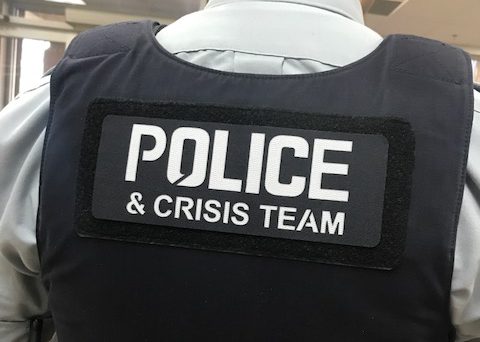In just five months, the Police and Crisis Team pays for itself through their “social return on investment.” That’s according to GPRC researcher Dr. Connie Korpan who has been working to analyze the impact of PACT’s efforts in the region.
A PACT unit was created for Grande Prairie in 2009, with teams made up of one RCMP member and one psychiatric nurse. GPRC got a grant to review the program in 2016 and Korpan says her research shows that much of their time is spent de-escalating situations.
“It’s possible that many calls still need to go to ER for continued service and they can speed up that aspect. But there are cases where that is not necessary. And so you don’t want to use resources through the ER or other kinds of resources unnecessarily. As soon as you avoid tapping into those already tapped out resources you are saving the community money.”
It can also avoid the costs associated with jail time and court for those people who need support. Korpan says those are tangible impacts that they can put a dollar figure on to better quantify the benefits. She says it can also lead to a trickle down effect which can include things like reducing ER wait times for other patients.
The addition of the nurse to the team also opens up access to more data. PACT member Constable Darren Jensen says they can provide a direct line to a person’s health records.
“We take that information combined with the police information and we’ll have a greater understanding perhaps of that client that we’re going to meet than if somebody only had access to one of those databases might.”
“Once we get there,” Jensen continues, “we’ll find out which one of us is going to connect with that individual better, whether it’s going to be the nurse whether it’s going to be me. Then we’re just going to try to engage in a dialogue, and our enhanced knowledge of their conditions and how they’re feeling and what they’re going through really helps us.”
Their value isn’t just being noticed by the people they help; it is also being noticed by other first responders. Research shows the PACT members increased their sense of security. Dr. Korpan says that was especially true for EMTs responsible for moving patients.
“The vehicle is not the best suited for transport. It is a vehicle that’s confined. The individual is in the same space as the person who is in crisis. There’s sharps everywhere, there’s other things that could be grabbed and there’s only one exit.”
Korpan says both EMTs and nurses said they could use more training for handling patients with mental health situations.
As part of her research Korpan has interviewed a variety of stakeholders and the one concern that kept coming up was how infrequently the PACT unit is available. Currently it consists of four members but would need at least four to six more bodies to be able to offer around the clock coverage.
The PACT program is not unique to Grande Prairie. The service exists in most major cities and is becoming a more commonly used practice in smaller centres as well. Korpan’s reasearch is focused on northern communities but she believes it could have a much farther reaching value.



